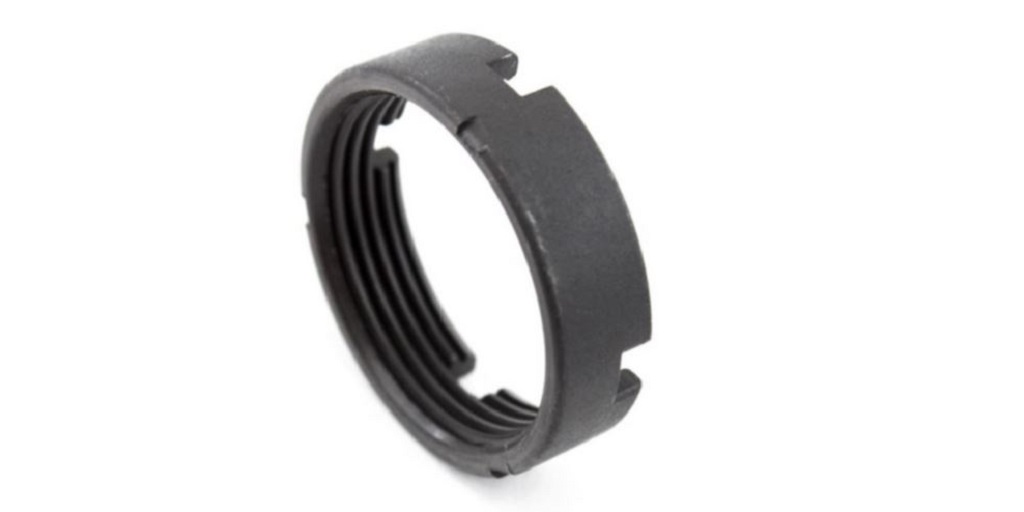Many AR-style rifles ship from the factory slightly over-gassed. This helps ensure fewer problems with cycling and, with an adjustable gas block, it’s easier to address issues with over-gassing than under-gassing.
You can also take some pressure out of the equation, but adding it, well, that’s hard work and much more complex.
That said, gas pressure is not the only thing that impacts felt recoil, cycling time, and reliability.
One big (and critical) component of your AR-style rifle is the buffer tube and system.
Here’s what you need to know.
How the Gas and Buffer Tube System Work Together to Cycle the Action
When you fire your rifle, gases expand in the chamber, push the bullet forward, and expand in the barrel till they reach the gas block.
From there, some of the gases are siphoned off through the gas block into the gas tube. They travel rearward until they reach the bolt carrier group’s gas rings.
Pressure builds until it is sufficient to force the BCG to the rear, which is where the buffer tube system comes into play.
The energy stored in the BCG from the pressure of the gas forces it against the resistance of both the buffer tube weight and spring, carrying it partially back into the tube itself, which is attached to the back of the lower receiver.
The BCG works against both the mass of the buffer weight and the resistance of the buffer spring. When its rearward progress is arrested, the energy stored in the spring carries it back forward, feeding a new round and resetting the action.
This unique nature of the buffer tube system means that you can make adjustments to the weight and spring it contains to impact cycling, without ever even addressing the gas system.
Heavier Weight, More Reciprocating Mass, Lower Felt Recoil
There are five main standard categories of AR-style buffers. These are carbine buffers, with a 2.9-ounce weight, H buffers, with 3.8-ounce weights, H2 buffers, with weights between 4.6 and 4.7 ounces, H3 with 5.4 to 5.5-ounce weights, and rifle buffers, which have weights between 5.1 and 5.3 ounces.
The purpose of the buffer tube weight is to increase the reciprocating mass of the rifle platform. The heavier the weight, the harder it is for the BCG, under the pressure from the gas system, to overcome its mass.
Consequently, rifles with heavier buffer tube weights take slightly longer to cycle and the mass of the heavier weight helps to absorb some of the felt recoil.
If your rifle produces too much recoil for your liking and you don’t want to get involved with the gas system, then check out the buffer tube weight.
There may be heavier options you can install that will help cut back on recoil and make the whole platform shoot more smoothly.
Lighter Weight, Stiffer Springs, Faster Cycling
On the other side of this situation, lightening the weight in the buffer tube will increase felt recoil, and, provided the tube is outfitted with a buffer spring of adequate strength, decrease action cycling time.
A powerful spring can help offset a lighter weight, to a degree, but keep in mind that felt recoil will remain high even with a strong spring as it is mass, not metal memory, that creates recoil.
All the same, if recoil doesn’t bother you and you simply want your rifle to cycle faster, lightening the weight and including a stronger spring may be able to accomplish that.
Looking for Buffer Tube Weights, Springs, and Kits?
Whether your goal is to make your rifle shoot smoother or faster, the right buffer tube components can help get you there.
You don’t need to visit the gun shop, either. You can check out MCS Gearup online at MCSGearup.com. They carry a wide range of AR parts and shooting accessories, including buffer tube components. Check out their collection via the previous link to learn more.



